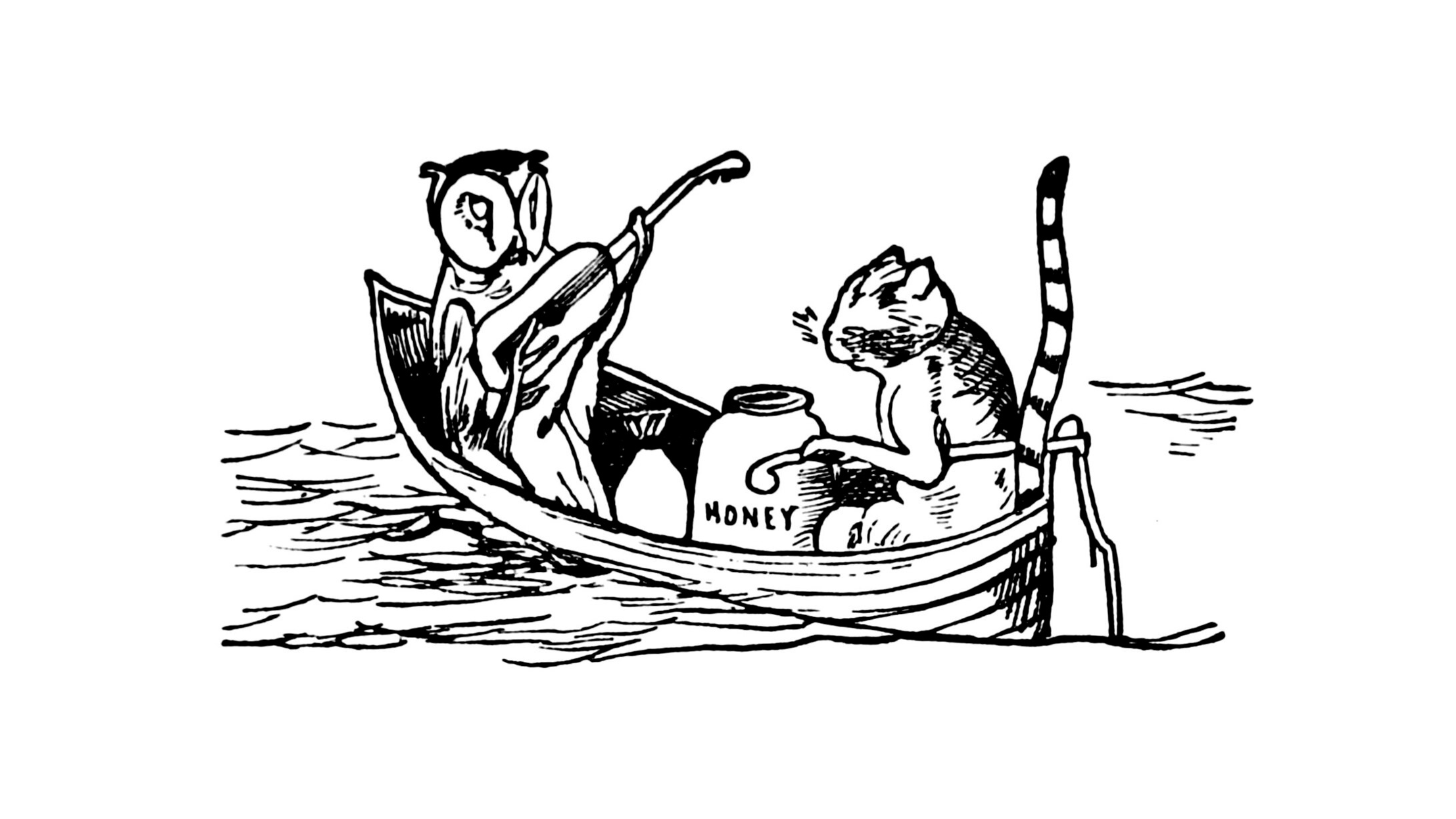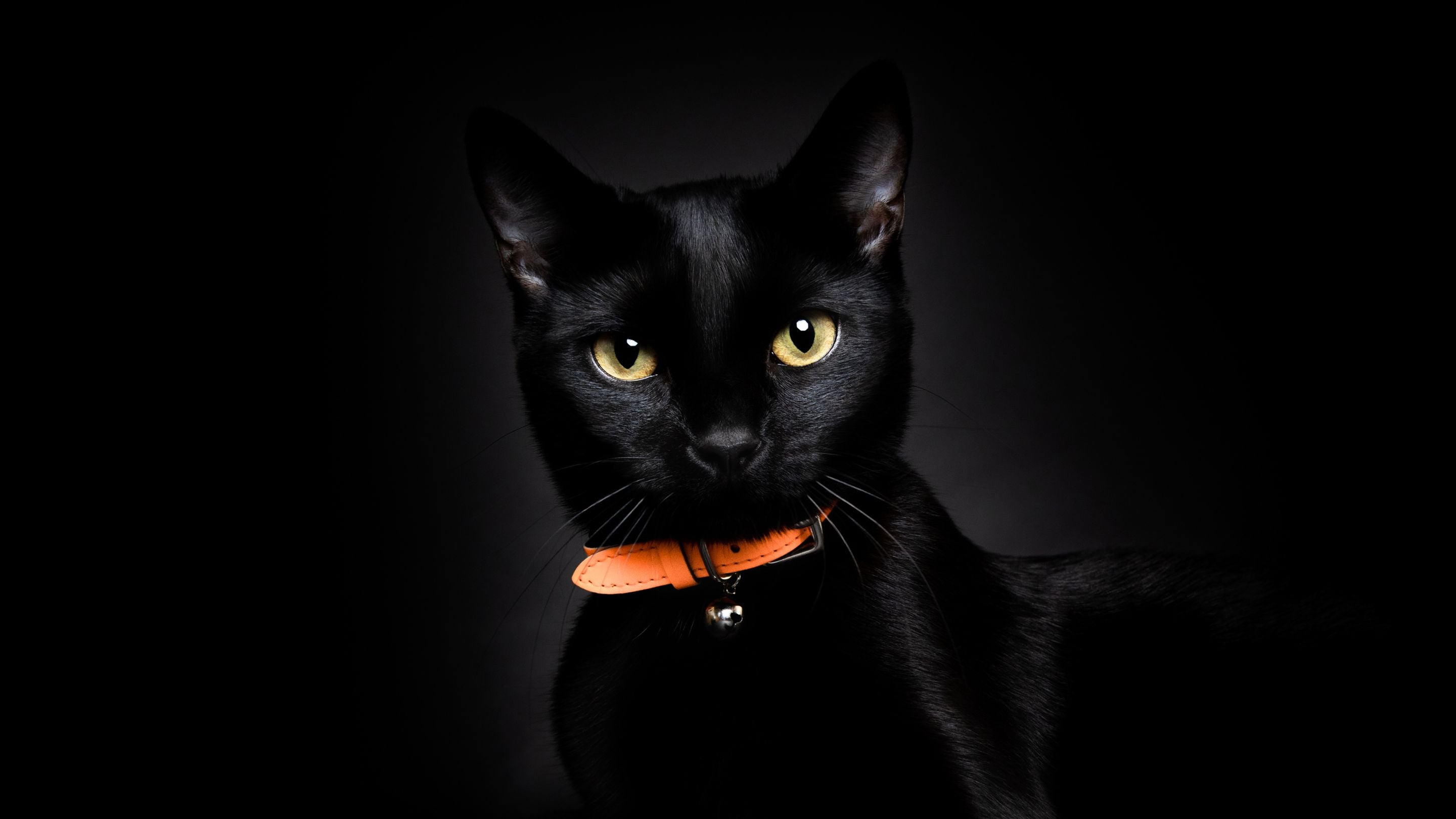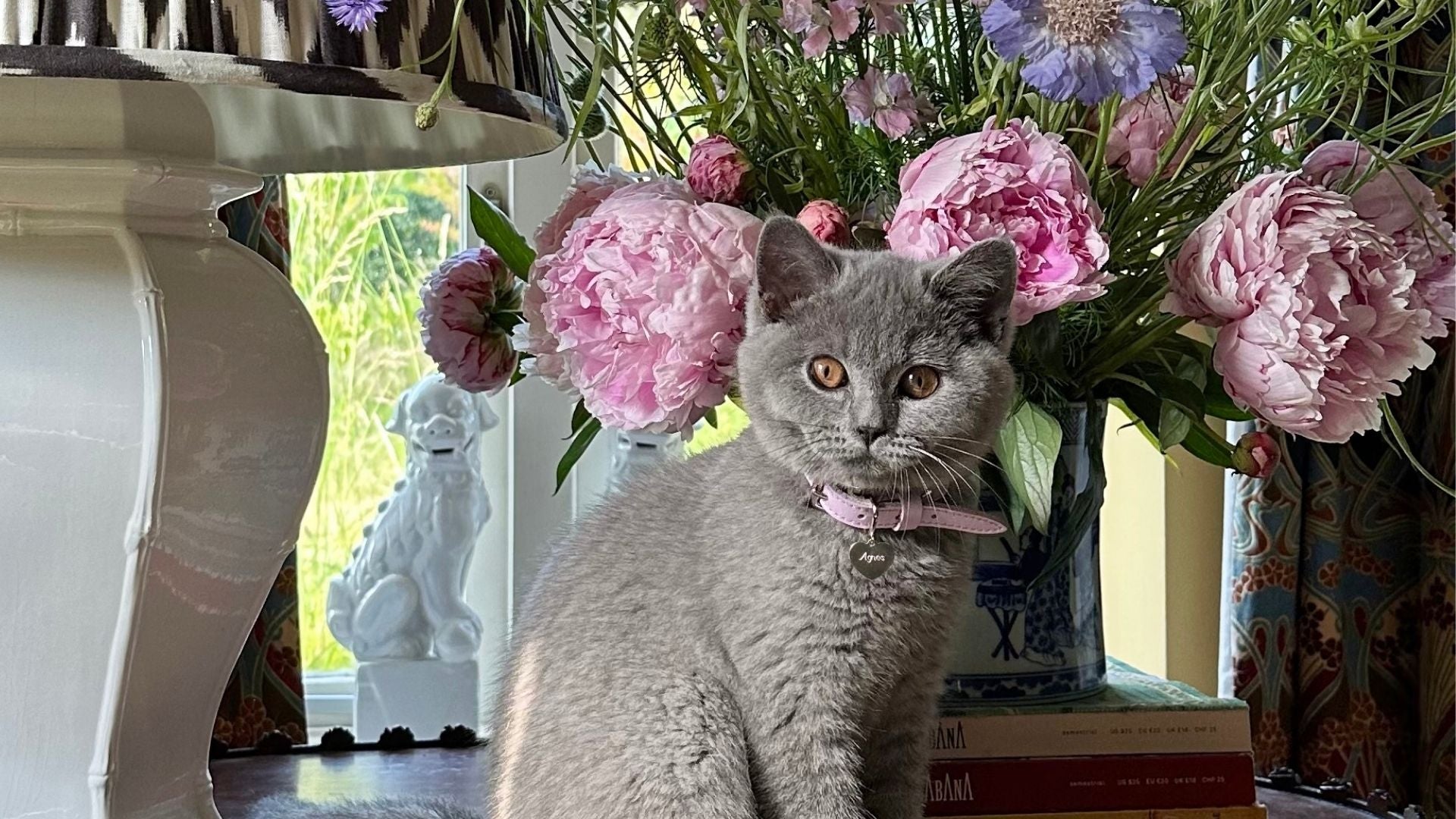Edward Lear (1812–1888) was an English artist, illustrator, author, and poet, best known for his literary nonsense and limericks. His most famous and notable works include ‘The Book of Nonsense’, which contains the iconic and much-loved poem: ‘The Owl and The Pussycat’.

Foss (or Aderphos), was the beloved pet cat of Edward Lear. Foss was actually Lear’s second feline companion. His first was named Potiphar or Potta for short, and was a gift from a neighbour. Potta made a big impression, and Lear described him as ‘Potiphar the excellent, an unrivalled person in this establishment.’ Sadly while Lear was away travelling, Potiphar got lost, and later that year (1872) Foss arrived. His full name, Aderphos, is a Greek word for brother, named as the brother of dear lost Potiphar. Lear instantly bonded with Foss, and so began their lifelong loving relationship.

Foss has been described as an ‘unattractive’, ‘portly’ and ‘stumpy-tailed’ tabby cat. As shown in Lear’s many affectionate illustrations of him, he only had half a tail. At the time in continental Europe, docking cat’s tails was a more common practice, so legend has it that a servant chopped it off to prevent Foss from straying - and it obviously worked! Foss first came into Lear’s life as a kitten, and was his companion for nearly seventeen years, until he died in 1887.
Foss quickly became one of Lear’s muses, and is undoubtedly the inspiration for the beloved cat character from ‘The Owl and the Pussycat’, although the cat in the poem does have a full-length tail.

Another series in The Book of Nonsense - ‘The Heraldic Blazon of Foss the Cat’ is a lovely series of caricatures along with this poem:


Lear and Foss lived together happily for many years in Lear’s house, Villa Emily, on the Italian coast, but in 1879 they had to move. It is said that when Lear built his new home ‘Villa Tennyson’ in Sanremo, he instructed the architect to replicate the layout of his old house exactly so that Foss would not be disoriented. As documented by Sir Edward Strachley in his introduction to Nonsense Songs and Stories:

Now that is the kind of cat owner dedication we like to see!
Seemingly Foss dealt with the relocation well, and he lived to the great age of seventeen, with Lear surviving him by only a few months. After Foss’s death, Lear was grieving and wrote to his friend Lord Aberdare:

In Lear’s somewhat lonely life, Foss was his constant and longest source of comfort and companionship, and his death affected Lear greatly. He organised a ceremony and headstone for Foss at Villa Tennyson to give him the dignified memorial he deserved.

All accounts show that Lear's funeral was a sad and lonely affair, with not one of his friends able to attend, a stark contrast to the send off that he gave Foss.
Edward Lear and his cat Foss really did have a very long and special relationship, and it is so wonderful that Foss has been immortalised in Lear’s poetry and illustrations for us to enjoy to this day!

🐾




Share:
Cat Collar Personalisation
Everything you need to know about putting a bell on your cat’s collar
2 comments
Thanks so much for your comment, Joanne!
What a lovely story. I memorized the Owl and the Pussycat poem and enjoy so much telling it to myself. Thank you for this essay -